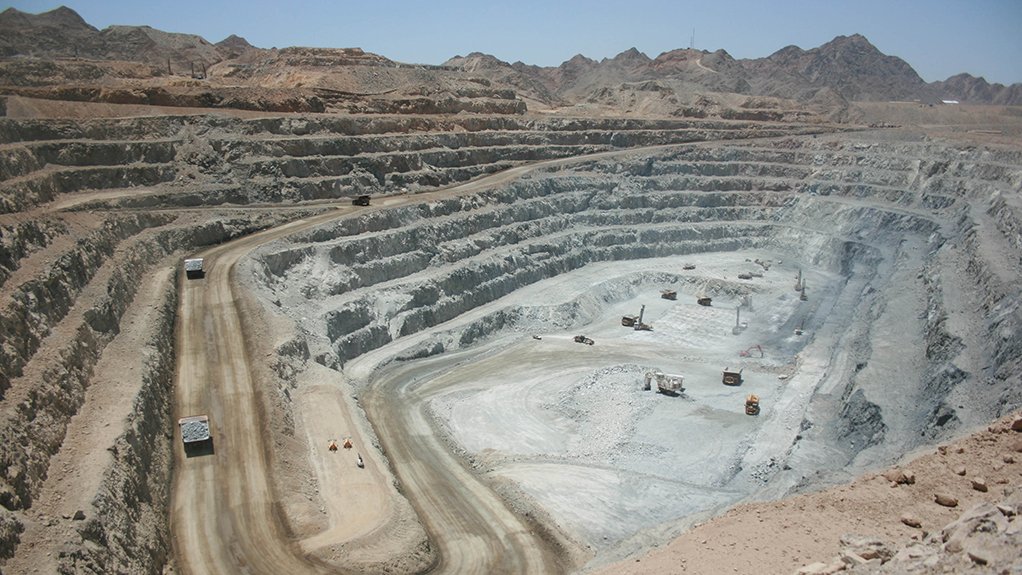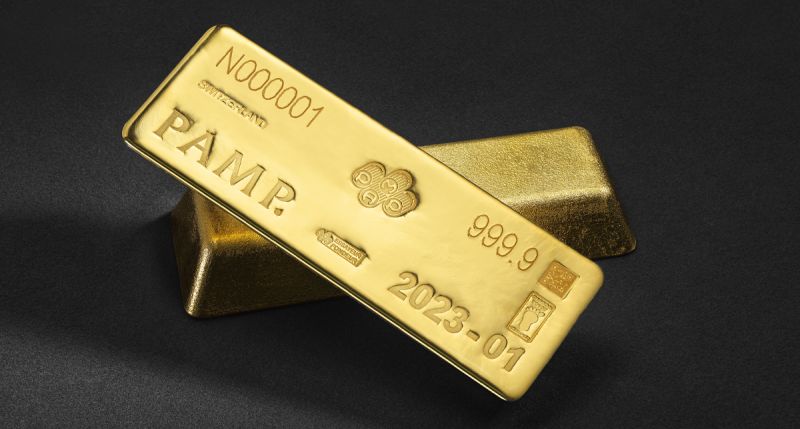Precious Metals

Gold demand rises to new high in tandem with price – WGC

Yet, the WGC says, this was eclipsed by the value measure of demand, which jumped 44% year-on-year to a record $146-billion in the third quarter.
Year-to-date demand is 1% higher at 3 717 t, equating to $384-billion in value, up 41% year-on-year.
The WGC says investors remained firmly in the driving seat in the third quarter.
It explains that huge exchange-traded fund (ETF) buying of 222 t, accompanied by a fourth successive quarter of bar and coin demand above 300 t (316 t), fuelled the rise in overall demand.
Additionally, central bank buying remained elevated at 220 t, 28% up on the prior quarter, albeit that year-to-date buying of 634 t was at a slower pace than the 724 t bought in the first three quarters of last year.
Jewellery consumption in the quarter posted a double-digit year-on-year decline – the sixth in succession – to 371 t, as volumes remained under pressure in the record price environment. This contrasts with a 13% year-on-year increase in value to $41-billion.
Technology demand was fractionally weaker compared with the third quarter of 2024.
The report indicates that support from growing AI demand was met with headwinds from US tariff policy and the surging gold price.
Meanwhile, the report notes that the LBMA (PM) gold price hit 13 new all-time highs in the quarter.
The price rose 16% during the third quarter and generated an average quarterly price of $3 456.54/oz, up 40% year-on-year and 5% quarter-on-quarter.
Total gold supply rose 3% year-on-year to a quarterly record of 1 313 t.
Mine production, which typically sees seasonal growth in the third quarter, was up 2% year-on-year to 977 t.
In a media release, WGC senior markets analyst Louise Street says gold’s climb towards $4 000/oz in the third quarter underscored the strength and persistence of the factors that had been driving demand throughout the year.
She said heightened geopolitical tensions, stubborn inflationary pressures and uncertainty around global trade policy had fuelled appetite for safe-haven assets as investors looked to build resilience in their portfolios.
“The outlook for gold remains optimistic, as continued US dollar weakness, lower interest rate expectations, and the threat of stagflation could further propel investment demand.
“Gold has set record after record this year, and the current environment suggests there could be more upside gains for gold. Our research indicates the market is not yet saturated, and the strategic case to hold gold remains firmly in place,” says Street.












